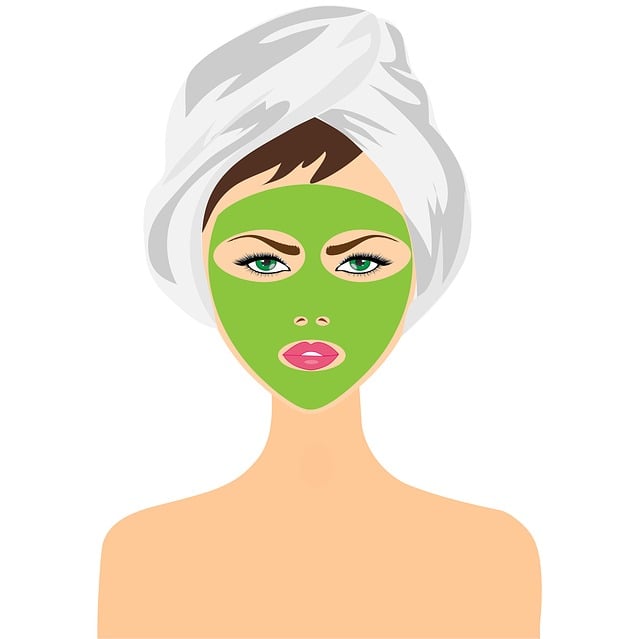Skin tags, known medically as acrochordons, are non-cancerous skin growths that typically appear where skin rubs against itself, such as the neck, underarms, and groin. These benign growths can be identified by their stalk-like appearance and natural skin color. Factors contributing to their development include friction, pressure, hormonal changes, genetics, obesity, diabetes, and aging. For Leeds residents seeking removal, the city offers specialized clinics like Leeds Skin Tag Removal, providing both surgical and non-surgical treatment options. These treatments are tailored to individual needs, ensuring comfort and satisfactory results. Clinical removal methods include cryotherapy, which uses liquid nitrogen to freeze off skin tags, and surgical excision under local anesthesia. For those preferring at-home solutions, natural remedies with ingredients like tea tree oil or apple cider vinegar are available, as well as over-the-counter wart removal products. Patients should consult with healthcare providers to select a safe and effective treatment that aligns with their comfort level and budget, taking advantage of the diverse and accessible skin tag removal services in Leeds.
Skin tags are common, benign growths that can appear anywhere on the body, including the neck. Understanding what they are and how to manage them is key for anyone in Leeds seeking effective removal options. This article delves into the various methods available for skin tag removal in Leeds, from clinical treatments offered by local clinics to safe at-home remedies. Whether you’re considering medical interventions or exploring natural alternatives, we provide comprehensive insights into the pros and cons of each approach. With a focus on post-removal care and prevention strategies, along with guidance on selecting a reputable clinic in Leeds, this article is designed to equip you with the knowledge necessary for making informed decisions about your skin tag concerns.
- Understanding Skin Tags on the Neck: Causes and Identification
- Effective Methods for Skin Tag Removal in Leeds: Clinical and At-Home Options
Understanding Skin Tags on the Neck: Causes and Identification
Skin tags, also known as acrochordons, are small, benign growths that can appear on various parts of the body, including the neck. These soft, hanging pieces of skin typically range in size from a few millimeters to a centimeter or more and are commonly found where clothing often rubs against the skin, such as the underarms, around the groin, and on the neck. Understanding what causes skin tags can help individuals manage them effectively. Factors contributing to their development include friction, pressure, and hormonal changes; factors like genetics, obesity, diabetes, and aging also play significant roles. It’s important for individuals to be able to distinguish skin tags from other skin growths. They are typically soft, pedunculated (on a stalk), and resemble a piece of hanging, floppy skin. Colored similarly to the surrounding skin, they can appear singly or in multiples, often on areas with creases or folds. For those seeking specialized care in Leeds, skin tag removal services are available, offering both surgical and non-surgical options tailored to individual needs. These services, like those provided by Leeds Skin Tag Removal clinics, aim to provide safe and effective treatment for the removal of neck skin tags, ensuring patient comfort and satisfaction.
Effective Methods for Skin Tag Removal in Leeds: Clinical and At-Home Options
For individuals in Leeds seeking effective skin tag removal, both clinical and at-home options are available, each with its own set of advantages and considerations. Clinical treatments, such as cryotherapy or surgical excision, are typically performed by dermatologists or healthcare professionals. These methods ensure precise application and professional oversight, which can lead to more efficient removal and reduced risk of complications. Cryotherapy, for instance, involves freezing the skin tag with liquid nitrogen, causing it to fall off within days. Surgical excision, on the other hand, physically cuts away the tag under local anesthesia, providing immediate results.
For those preferring at-home remedies or seeking alternative methods due to accessibility or personal preference, there are several options that can be effective. Natural treatments such as tea tree oil or apple cider vinegar may induce a controlled level of chemical exfoliation, helping to remove the skin tag over time. Alternatively, over-the-counter products like wart removers can be applied according to package instructions, offering another non-surgical solution. It’s important for individuals to conduct thorough research and consider their specific situation when choosing an at-home method, as effectiveness can vary based on the size, location, and type of skin tag. Consulting with a healthcare provider before proceeding with any at-home treatment is advisable to ensure safety and suitability. Leeds Skin Tag Removal options are diverse, allowing individuals to select a treatment that aligns with their comfort level, budget, and desired outcome.
For those grappling with skin tags on their neck, understanding both their causes and how to effectively address them is paramount. As detailed in this article, options ranging from clinical treatments to at-home remedies are available for Leeds residents seeking skin tag removal. When considering the myriad of methods, it’s crucial to weigh the pros and cons, ensuring a safe and efficient approach tailored to individual needs. Clinical procedures like cryotherapy or surgical excision offer precise treatment under professional supervision, providing a reliable solution in the bustling medical landscape of Leeds. For those preferring at-home methods, natural options such as tea tree oil or apple cider vinegar may be considered, though it’s advisable to follow guidelines for safe application and monitoring. Ultimately, with the right approach, skin tags can be effectively managed without undue concern.
